Table of Contents
What is Urad Dal?
Chana Madala is not a recognized culinary term. It is a common misnomer for urad dal (black gram), a staple legume in Indian and South Asian cuisines. This guide clarifies the confusion and provides accurate information about urad dal.
Urad dal is a small, black, kidney-shaped legume with a creamy white interior. When cooked, it becomes soft and buttery, making it ideal for dals, batters, and spice blends. It is rich in protein, fiber, and essential nutrients like iron and folate.
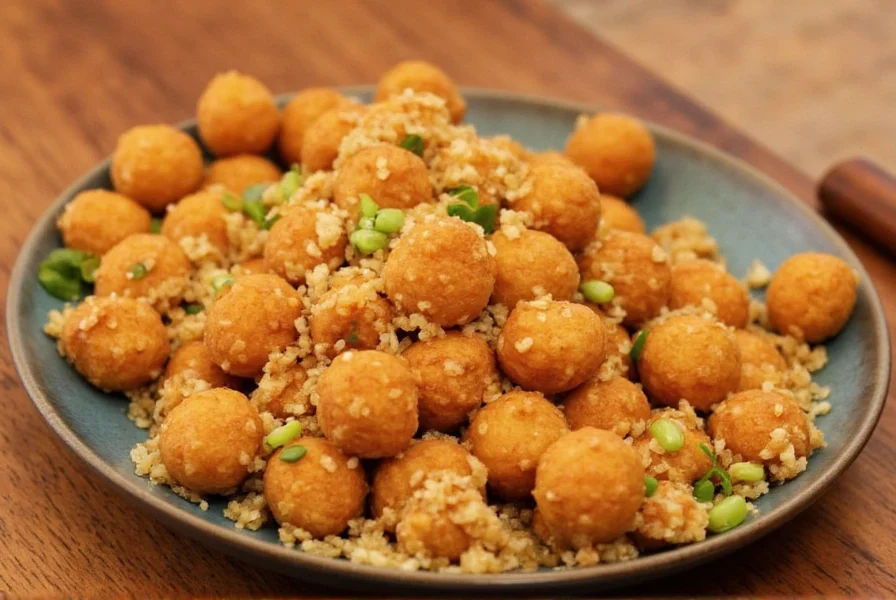
Flavor Profile and Uses
Urad dal has a mild, nutty flavor with a creamy texture when cooked. It serves as a foundational ingredient in many traditional dishes:
- Dal Preparation: Cooked whole or split to make classic Indian dals like dal makhani.
- Batter Base: Fermented with rice to create dosa and idli batters.
- Spice Blends: Ground into powder for chutneys or added to spice mixes like sambar powder.
- Soups and Stews: Adds protein and richness to vegetarian soups and curries.
Practical Tips for Using Urad Dal
Here are expert tips for working with urad dal:
- Soak Before Cooking: Soak whole beans for 4-6 hours to reduce cooking time and improve digestibility.
- Toast for Depth: Lightly toast whole beans before grinding to enhance nutty flavors.
- Combine with Other Legumes: Mix with moong dal or chana dal for balanced protein profiles in dishes.
- Store Properly: Keep in an airtight container in a cool, dark place for up to 12 months.
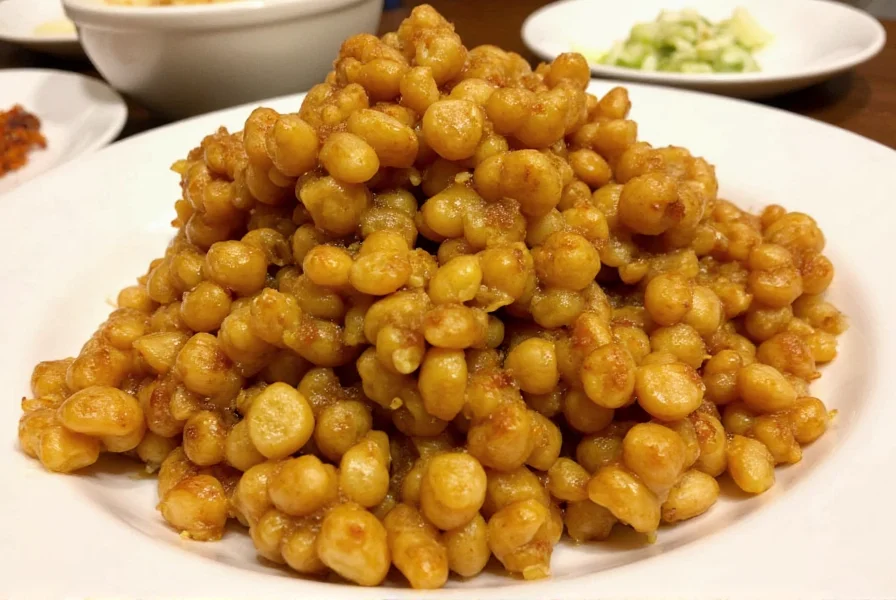
Buying Guide for Urad Dal
When purchasing urad dal, prioritize quality and purity:
1. Whole Urad Dal Beans
- Features: Unprocessed, whole beans with no additives or preservatives.
- Advantages: Freshest flavor, ideal for grinding into powder or making batters.
- Use Cases: Homemade dosa, idli, or spice blends.
- Target Audience: Cooking enthusiasts and traditional recipe practitioners.
- Suitable Occasions: Special occasions, cooking classes, or recipe experimentation.
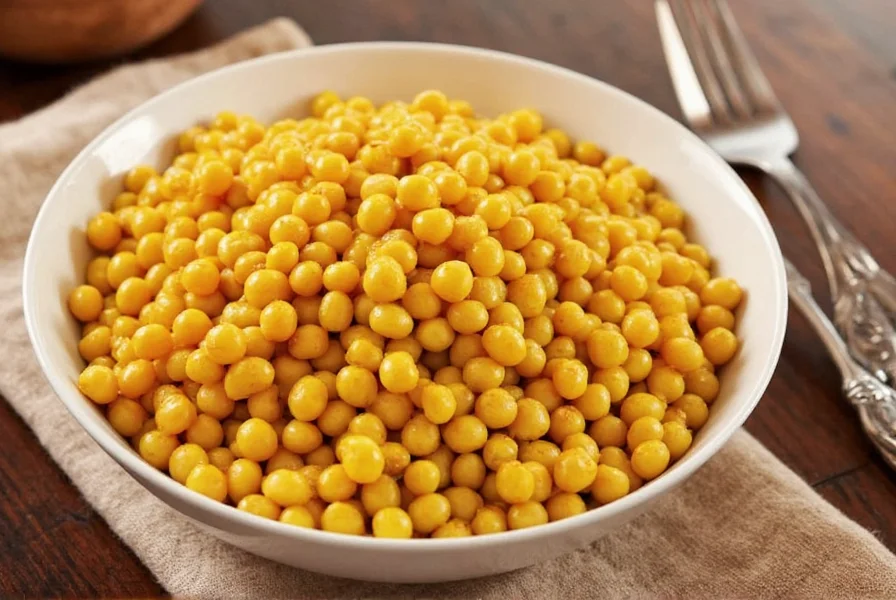
2. Split Urad Dal (White Urad Dal)
- Features: Skinned and split beans with a creamy white color.
- Advantages: Faster cooking time, perfect for dals and soups.
- Use Cases: Dal makhani, lentil soups, or quick curries.
- Target Audience: Busy home cooks and beginners.
- Suitable Occasions: Weekday dinners or impromptu meals.
3. Urad Dal Powder
- Features: Finely ground powder from whole beans.
- Advantages: Ready-to-use for chutneys, spice blends, or batter preparation.
- Use Cases: Quick sambar, chutney, or snack coatings.
- Target Audience: Time-constrained cooks and professional chefs.
- Suitable Occasions: Weekday cooking or restaurant use.
Frequently Asked Questions
What exactly is Chana Madala?
Chana Madala is not a standard culinary term. It is commonly mistaken for urad dal (black gram), a legume used in Indian cooking. Always check product labels: "urad dal" or "black gram" refers to the actual ingredient, while "chana madala" is a misnomer with no recognized definition in culinary science.
Is Chana Madala the same as urad dal?
No. Urad dal is the correct term for black gram, a legume. "Chana Madala" is an incorrect name often used in error. Chickpeas (chana) and urad dal are distinct ingredients. Always verify the product description to avoid confusion.
Where can I buy authentic urad dal?
Authentic urad dal is available at Indian grocery stores, major online retailers specializing in South Asian ingredients, and some well-stocked supermarkets. Look for products labeled "urad dal" or "black gram" with clear origin information. Avoid terms like "chana madala" as they indicate unreliable sources.
How should I store urad dal to maintain freshness?
Store urad dal in an airtight container away from direct sunlight and moisture. For maximum freshness, keep it in a cool, dark pantry. Whole beans last 12-18 months; split beans or powder last 6-12 months. During humid seasons, refrigeration prevents moisture absorption.
Can I make my own urad dal powder?
Yes. Toast whole urad dal beans until fragrant, then grind them in a dedicated spice grinder until fine. Use a ratio of 1 part urad dal to 1/4 part other spices like cumin or coriander for balanced flavor. Ensure the grinder is clean and dry to prevent clumping.
Comparison Tables: Urad Dal vs. Other Legumes
| Feature | Urad Dal | Chickpeas (Chana) |
|---|---|---|
| Flavor | Mild, nutty, creamy | Earthy, slightly sweet, firm |
| Texture | Soft and buttery when cooked | Crunchy when raw, tender when cooked |
| Best Used In | Dals, batters, spice blends | Hummus, salads, curries |
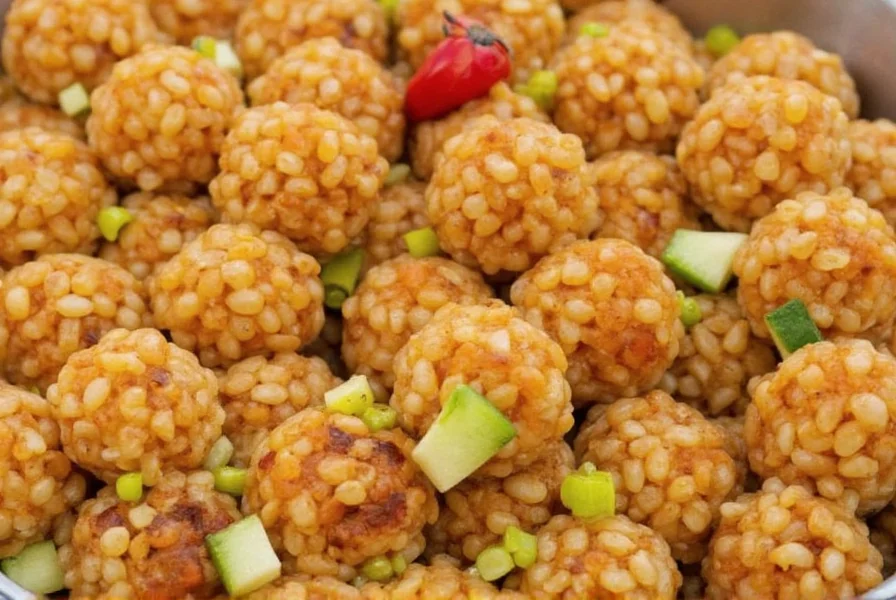
| Feature | Urad Dal | Moong Dal |
|---|---|---|
| Flavor | Mild, nutty, creamy | Light, sweet, delicate |
| Texture | Soft and buttery when cooked | Smooth and creamy when cooked |
| Best Used In | Dal makhani, idli batter | Soups, khichdi, sprouts |
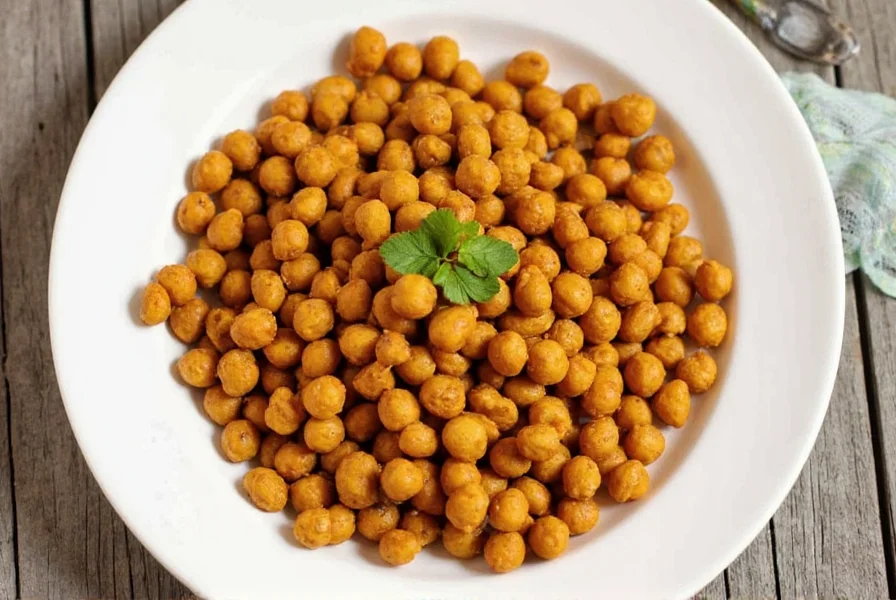
Conclusion
Urad dal (black gram) is a versatile legume central to South Asian cuisine, while "chana madala" is a common misnomer with no culinary validity. Understanding this distinction ensures accurate ingredient selection and authentic cooking results.
By choosing the correct product labeled "urad dal" or "black gram," you unlock its nutritional benefits and rich flavor profile. Whether used in dals, batters, or spice blends, urad dal remains a culinary cornerstone worth mastering.
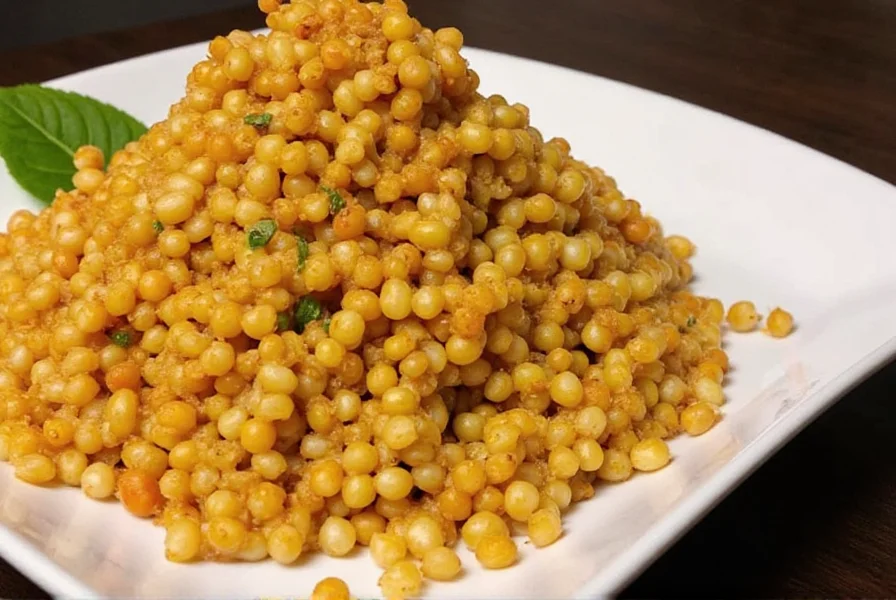
Urad dal is not just a legume—it's a cultural staple with centuries of culinary tradition, offering both nutrition and versatility in traditional and modern dishes.

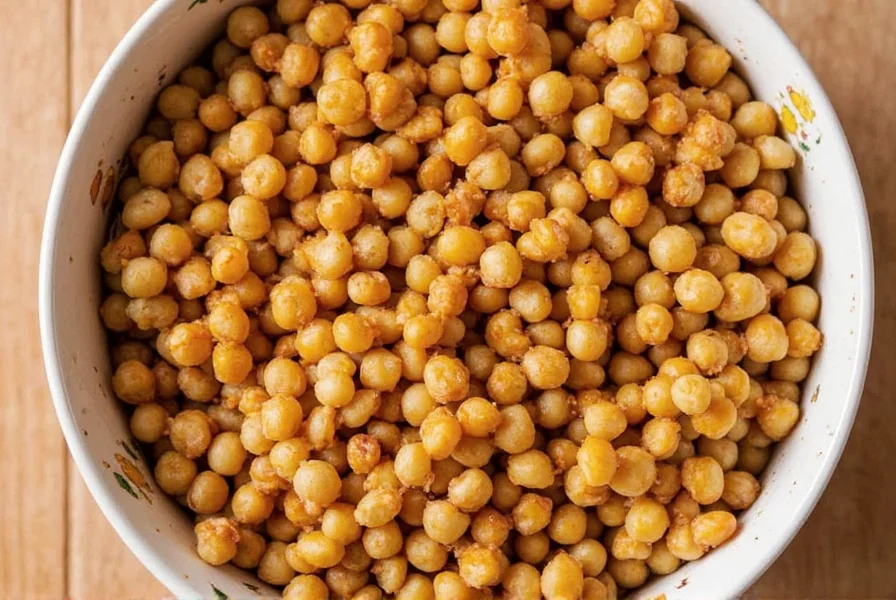









 浙公网安备
33010002000092号
浙公网安备
33010002000092号 浙B2-20120091-4
浙B2-20120091-4